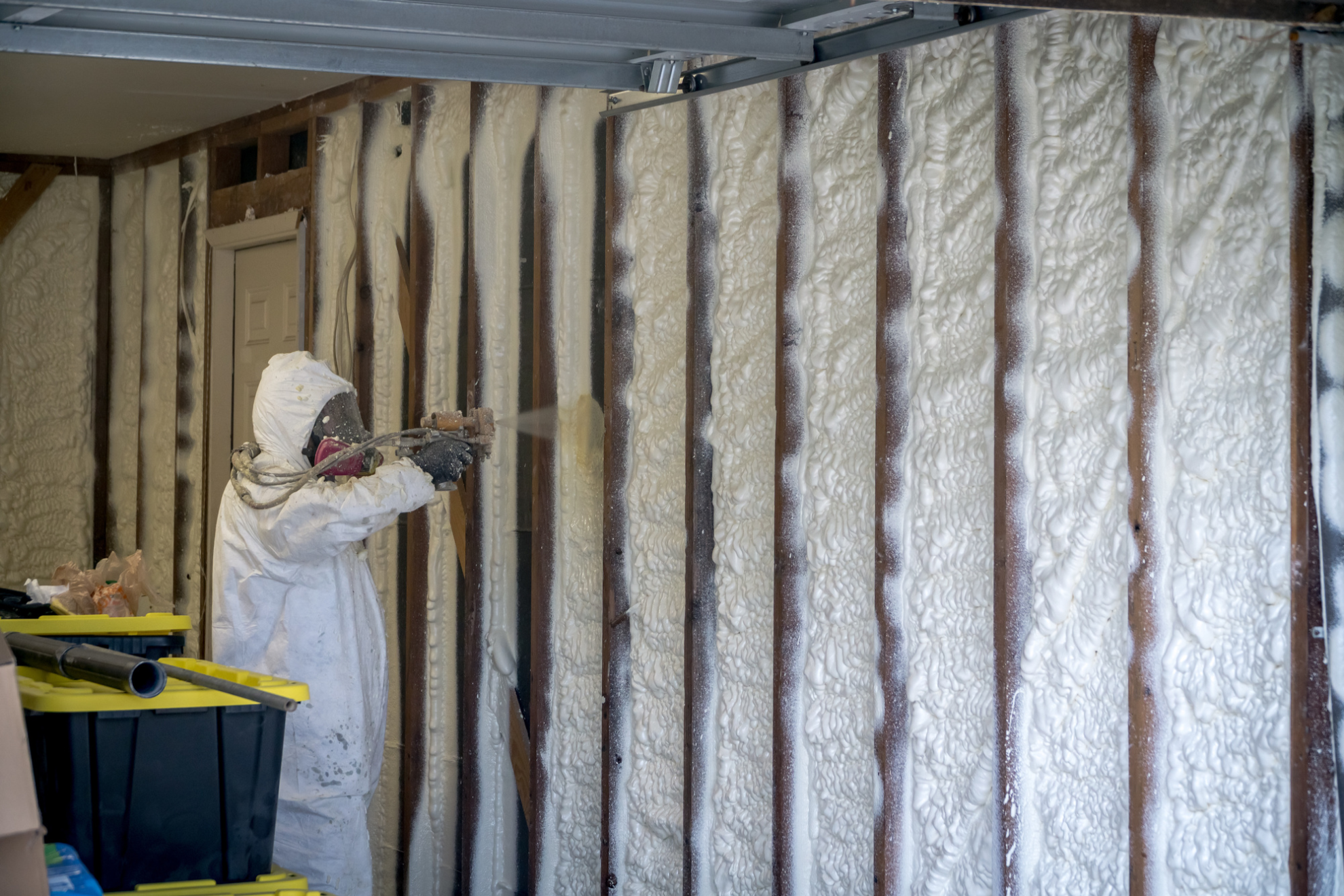Energy costs continue to rise, making it essential for homeowners and businesses to find effective ways to improve efficiency. One of the most effective solutions is spray foam insulation. This insulation method creates an airtight seal, reducing heat loss and minimizing energy waste. Understanding how spray foam insulation contributes to lower utility bills can help property owners make informed decisions about their insulation needs.
Spray foam insulation is a polyurethane-based material that expands upon application, filling gaps and sealing surfaces completely. It comes in two primary forms: open-cell and closed-cell foam.
Both types significantly reduce heat transfer, making buildings more energy-efficient.
Traditional insulation materials like fiberglass or cellulose leave small gaps where air can escape, forcing HVAC systems to work harder. Spray foam expands to fill every crevice, preventing air leaks and stabilizing indoor temperatures.
Since spray foam minimizes temperature fluctuations, heating and cooling systems operate more efficiently. This leads to:
Spray foam has a higher R-value compared to traditional insulation materials:
This superior insulation performance means less energy is required to maintain comfortable indoor temperatures.
Moisture infiltration leads to higher humidity levels, which forces air conditioners to work harder. Closed-cell spray foam acts as a moisture barrier, preventing damp conditions that could increase energy consumption.
Rooms with poor insulation often have cold spots during winter and hot zones in summer. Spray foam eliminates these inconsistencies by sealing every gap, ensuring a uniform indoor climate with less reliance on heating and cooling systems.
On average, homeowners who switch to spray foam insulation experience energy bill reductions of 20% to 50%. The exact savings depend on factors like climate, home size, and existing insulation conditions.
Homes and commercial buildings with superior insulation are more attractive to buyers. Lower energy costs and improved comfort add to resale value, making spray foam insulation a smart investment.
By lessening HVAC wear and tear, spray foam insulation decreases the likelihood of system breakdowns, reducing repair costs over time.
Spray foam insulation not only saves money but also contributes to environmental sustainability.
Applying spray foam requires precision. Professional installers ensure complete coverage and proper application, maximizing energy savings.
For those looking to improve energy efficiency, Nevada Urethane provides high-quality spray foam insulation services tailored to residential and commercial properties. With expert application and premium materials, we help property owners achieve significant energy savings.
📞 Call us at (775) 500-0024 or email [email protected] for a consultation.
Energy savings range from 20% to 50%, depending on your home’s insulation condition and climate.
Yes, once cured, spray foam is non-toxic and contributes to better indoor air quality.
Professional installation is recommended to ensure proper application, safety, and efficiency.
Spray foam insulation can last over 30 years without losing effectiveness.
Open-cell spray foam provides excellent sound absorption, making it ideal for reducing noise.
Yes, it can be injected into existing walls without major renovations.
Spray foam has a higher R-value, seals air leaks, and lasts longer than fiberglass or cellulose.
Closed-cell foam increases wall and roof durability by reinforcing surfaces.
Some spray foam products include fire-retardant additives to enhance safety.
Attics, crawl spaces, walls, and basements see the highest energy efficiency improvements.
